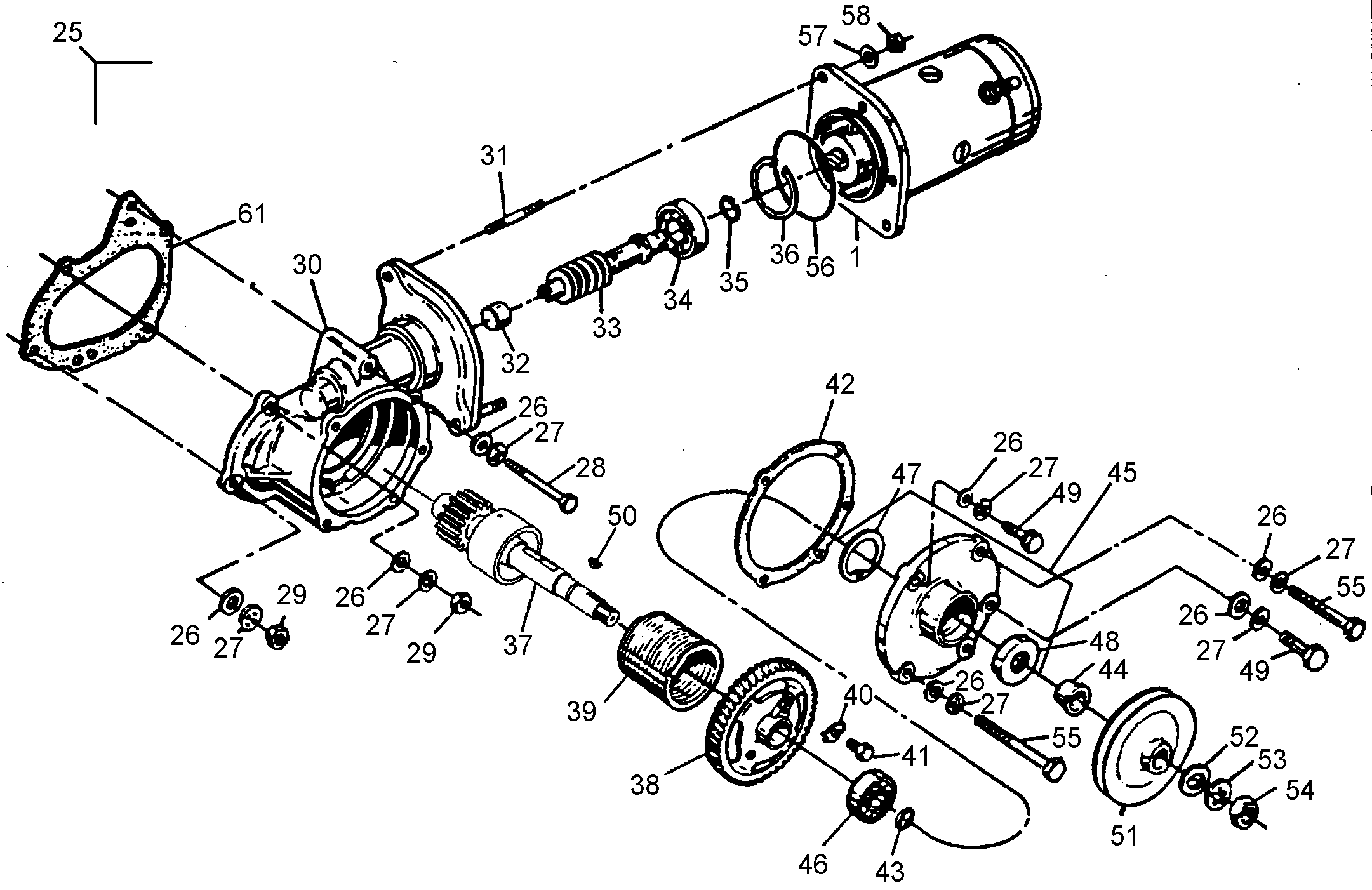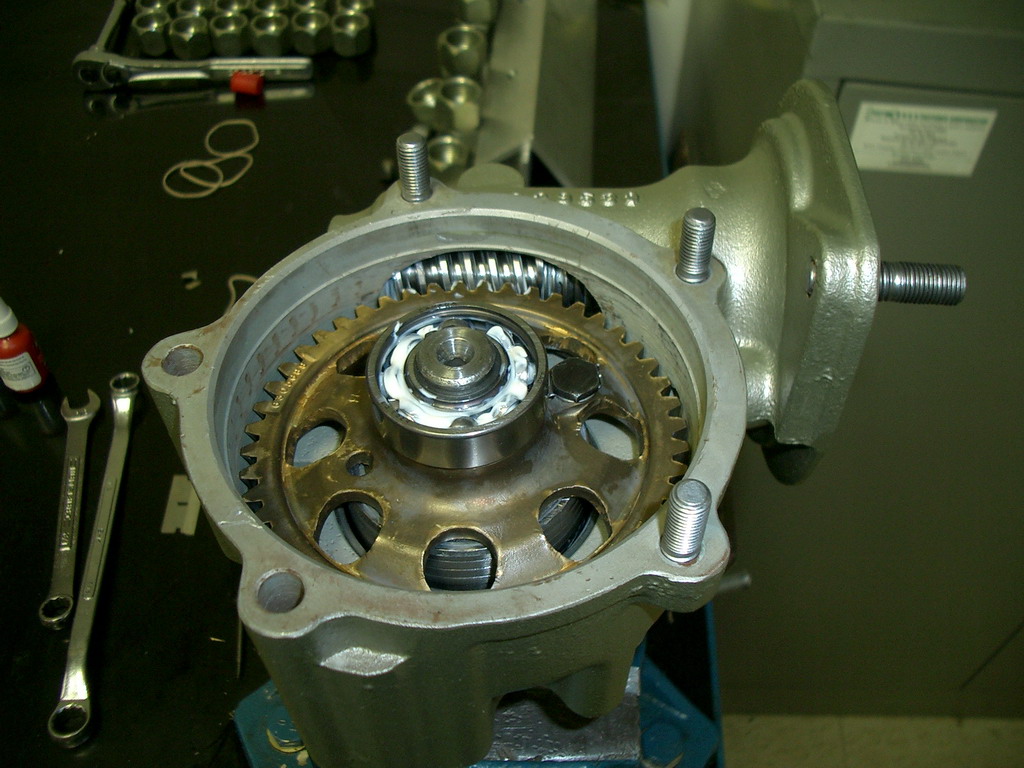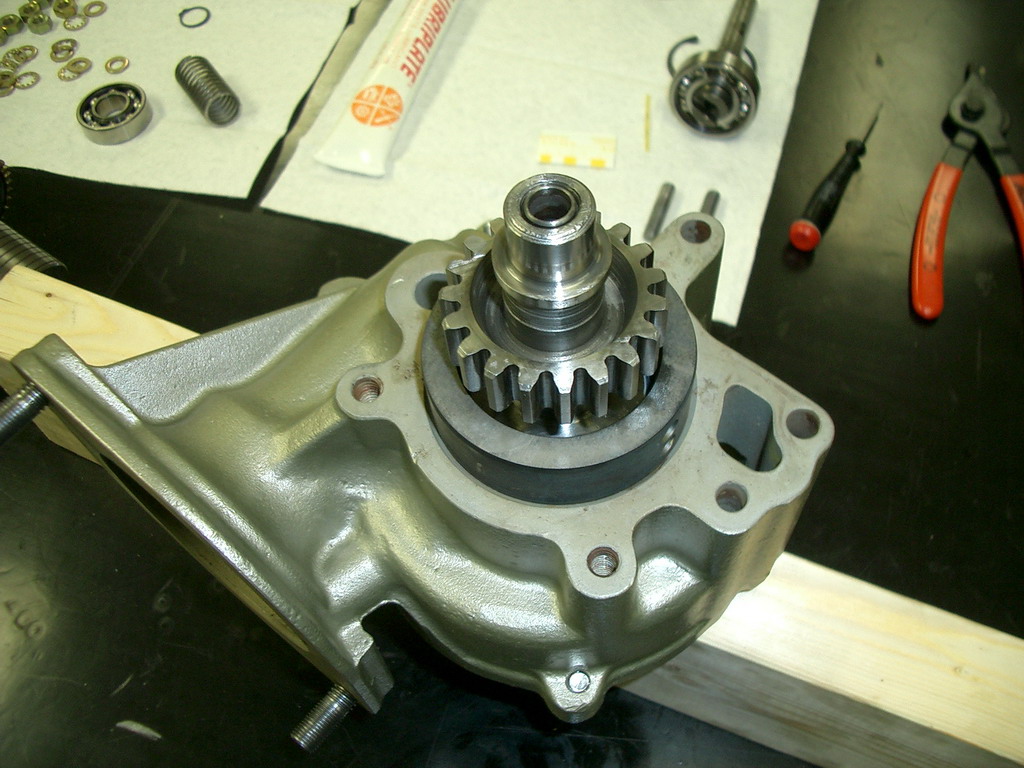Erice
Pre-takeoff checklist
We had a situation with the Cessna 150 I help operate that presented itself as an overcharging situation. The radios, transponder, then strobe and beacon all quit in flight. The student pilot and CFI returned to land and shut down. Total Hobbs time = 0.2, but total tach time was 0.4 (I've never seen tach time > hobbs time before). No electrical parts were working. They figured it was a bad voltage regulator or alternator, which may have ruined the battery.
When I got back in town a couple of days later, I went to investigate the situation. I flipped the master switch on (no keys in the bendix ignition switch), and the prop immediately started cranking. I quickly turned off the master, and sat there thinking of what to do. I went and got the keys, put them into the switch, flipped on the master, and jostled the key a bit. This stopped the cranking of the propeller. I assume this means I have a bad bendix switch. Come to think of it, I never switched the radios on. I wonder if they still work.
My first thought was to start up the engine, and fly it over to the A&P's location with the master switch off, in case the starter fails to disengage. When I called up him up, he said he was concerned that running the engine with a stuck starter might have caused the engine to "make metal." He recommends draining the engine oil through a fine screen, and cutting open the oil filter to check for metal fragments. This has me worried, but I'd rather sacrifice 5 quarts of oil and a filter for peace of mind that the engine is OK.
I was just wondering if anyone here might explain why a running the engine with a stuck starter could cause an engine to make metal? Are there other things the A&P and/or I should check? Is this overkill?
What should a pilot see/hear/notice that would indicate that a starter failed to disengage after the engine is running?
When I got back in town a couple of days later, I went to investigate the situation. I flipped the master switch on (no keys in the bendix ignition switch), and the prop immediately started cranking. I quickly turned off the master, and sat there thinking of what to do. I went and got the keys, put them into the switch, flipped on the master, and jostled the key a bit. This stopped the cranking of the propeller. I assume this means I have a bad bendix switch. Come to think of it, I never switched the radios on. I wonder if they still work.
My first thought was to start up the engine, and fly it over to the A&P's location with the master switch off, in case the starter fails to disengage. When I called up him up, he said he was concerned that running the engine with a stuck starter might have caused the engine to "make metal." He recommends draining the engine oil through a fine screen, and cutting open the oil filter to check for metal fragments. This has me worried, but I'd rather sacrifice 5 quarts of oil and a filter for peace of mind that the engine is OK.
I was just wondering if anyone here might explain why a running the engine with a stuck starter could cause an engine to make metal? Are there other things the A&P and/or I should check? Is this overkill?
What should a pilot see/hear/notice that would indicate that a starter failed to disengage after the engine is running?
Last edited:








